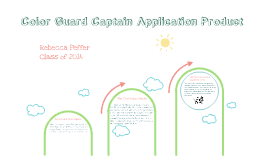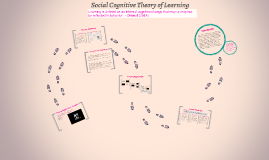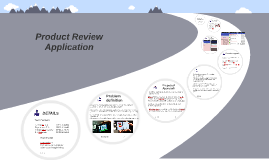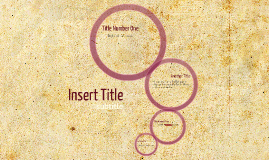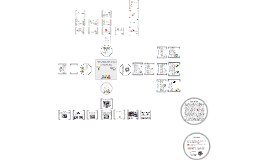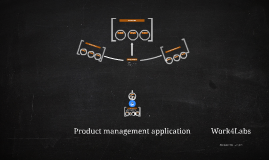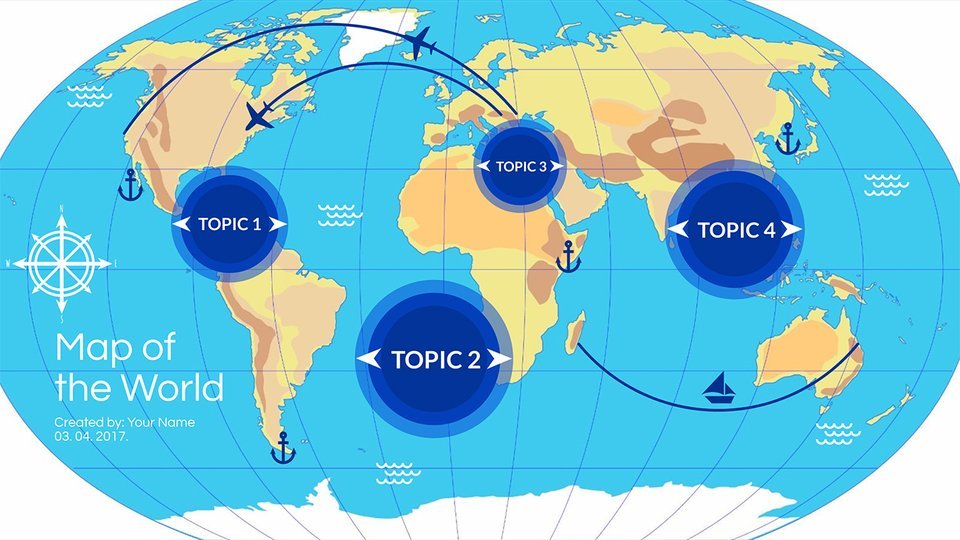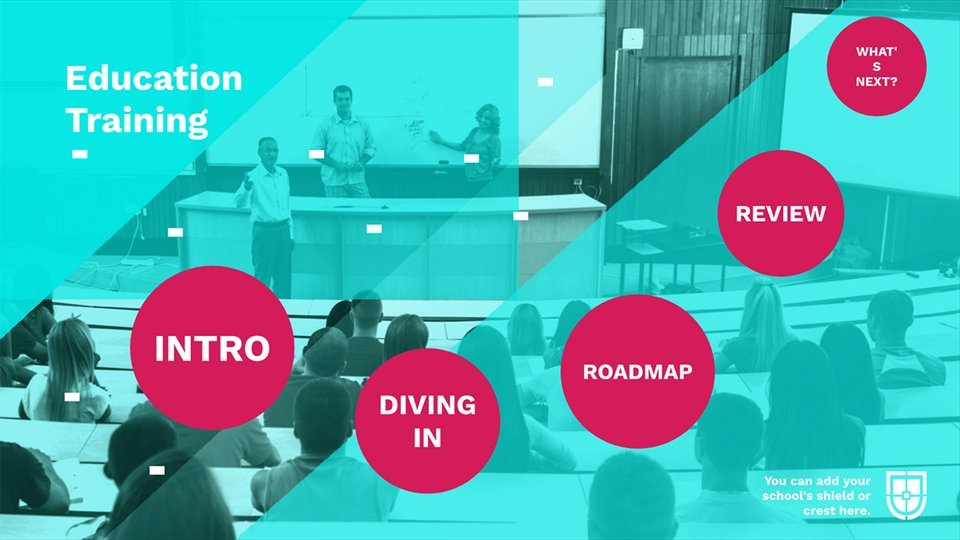Theory Application Product
Transcript: Self-regulated learning: http://www.staffordschools.org/Page/2497 Mr. Hogan's Learning Objective Students are eager... WEAKNESSES Self-Regulation What is Social Cognitive Theory? Self-Regulation and Role Playing (Ormrod, 2014) Mr. Hogan could show the class an object, or a visual, representing a contribution the printing press has made to modern society. He could then explain to the students his object of choice, its relationship to the printing press, and its importance in society. Mr. Hogan would take the role of a live model, and by observing him exhibit the behavior that is expected of them, the students would be able to exhibit the behavior themselves. Through this show-and-tell activity, Mr. Hogan is modeling useful academic skills, such as oral presentation skills. In other words, he is engaging in cognitive modeling (Ormrod, 2014) as he explains the importance of his object and shares his thought process in selecting it. Those that help us monitor and control our actions. Conclusion Mr. Hogan's students engage in a "Think, Pair, Share" activity to discuss the influence the printing press has had on society since its invention. First they think about the topic, then they pair up with a classmate to discuss their views. The students then engage in a "Group Circle" activity in which they discuss the topic as a class. Social Cognitive Theory allows us to understand the relationship between human behavior and the environment as a stimulus through observation and modeling. References Mr. Hogan pays attention How does it apply to the classroom? Mr. Hogan models productive interpersonal behaviors, such as listening, by highlighting the views his students share with the class. He also provides verbal instruction, another type of modeling, as he explains the topic of discussion and the purpose of the activity. http://learningenglishin1c.blogspot.com/ He models academic skills, such as note-taking, by jotting down his students' ideas to later retrieve and elaborate. Social Cognitive Theory Ormrod, J.E. (2014). Educational Psychology: Developing learners (8th ed.). Upper Saddle River, NJ: Pearson. "4th Grade, Canoga Park" (n.d.) Mr. Hogan: An Effective Model Anderson, L.W., & Krathwohl, D.R. (Eds.) (2001). A taxonomy for learning, teaching and assessing: A revision of Bloom’s Taxonomy of educational objectives: Abridged edition. New York: Longman. Modeling Mr. Hogan's 4th grade class Regulation of one's own cognitive processes and study behaviors learn successfully. Vicarious Reinforcement Mr. Hogan fits the characteristics of an effective model. As the teacher, the students have high regard for him as he has influence in the classroom, he is competent in the art of listening and drawing connections between two concepts, and he models behaviors that are useful to his students. Assessment STRENGTHS .... to participate... Learning Seeing someone robbing a bank get sent to prison is unlikely to result in us enacting a bank robbery. We can learn from observing others without necessarily engaging in the same behavior ourselves. It is not explicitly stated how Mr. Hogan intends to assess his students' performance. It would be safe to assume, however, that he may use the students' contributions to the collaborative discussion as a form of formative, informal assessment. Ormrod (2014) defines these as evaluations as instruction takes place, and unplanned observations of performance, respectively. Competent in the skill/behavior Assessment "If we didn't have the printing press, we wouldn't have computers or something faster to connect to each other." - Diana Professor Corinne Hyde Its failure to factor in the subconscious presupposes that learners are always aware of every single cognitive process and behavior they engage in. Students learn that they must listen to their classmates’ intellectual contributions to effectively engage in a class discussion. Lesson Redesign (Ormrod, 2014) Environment What we can Learn Through Modeling http://www.forestviewpta.org/pta/NewsKidMail/FalconFlasheNews/tabid/90/EntryId/104/10-23-11-Art-Books-Conferences.aspx Live As Ormrod (2014) suggests, it is important to keep in mind that the many theories of learning are complementary to one another. They can and should coexist in classroom practices because human cognition and development is much too complex to be explained by any single theory. The perceived weaknesses of one theory may be strengths of another, so instead of monopolizing any one of them, we should use their weaknesses and strengths to our advantage. Rather than presupposing that we mirror everything we observe others do, it emphasizes the idea that what we learn from modeling may or may not result in us replicating the behavior. http://bestclipartblog.com/32-test-clip-art.html EDUC 518/27919 Person Theory Application Product “4th Grade, Canoga Park”, (n.d.). Retrieved July 14, 2014 from https://2sc.rossieronline.usc.edu/mod/assignment/view.php?id=58552 We set goals for






